Introduction
Welcome to the fascinating world of Synodontis Petricola, one of the most beloved species of catfish found in the pristine waters of Lake Tanganyika. These charming fish, known for their striking appearance and playful behavior, are a delight for both seasoned aquarists and newcomers to the hobby. In this comprehensive guide, we will dive deep into the natural environments of Synodontis Petricola, the best aquarium conditions to keep them happy, their intriguing spawning behaviors, and some captivating facts that make these tropical fish truly special.
The Natural Habitat of Synodontis Petricola
Synodontis Petricola, often affectionately called the "Dwarf Petricola," are native to the rocky shores of Lake Tanganyika, the second deepest and oldest freshwater lake in the world. This African Great Lake, nestled between Tanzania, the Democratic Republic of the Congo, Burundi, and Zambia, is renowned for its crystal-clear waters and unique biodiversity.
Lake Tanganyika's vast ecosystem is home to a plethora of aquatic life, and Synodontis Petricola are a key part of this vibrant underwater community. They thrive amidst rocky outcrops and sandy substrates, where they find both shelter and sustenance. These catfish are primarily nocturnal, coming to life as the sun sets, foraging for food among the rocks and crevices. Their diet in the wild consists of small invertebrates, algae, and organic debris, which they skillfully sift from the lake bed. The combination of their distinctive spotted patterns and their agile movements through the rocky underwater landscape make them a captivating sight in their natural environment.
The Role of Lake Tanganyika's Unique Environment
Lake Tanganyika's unique environment provides Synodontis Petricola with optimal conditions for growth and reproduction. The lake's alkaline waters, high mineral content, and stable temperatures create a perfect habitat for these fish. The rocky structures and abundant plant life offer numerous hiding spots and breeding grounds, ensuring their survival and thriving population.
Creating the Perfect Aquarium Conditions
To truly appreciate the beauty and behavior of Synodontis Petricola, it's essential to recreate their natural habitat as closely as possible in your aquarium. Here are some key considerations to keep in mind:
Tank Setup
-
Tank Size: Synodontis Petricola are relatively small, reaching about 10 cm (4 inches) in length. A minimum tank size of 110 liters (30 gallons) is recommended, although larger tanks are always better to provide ample swimming space. In a spacious tank, these fish can exhibit their natural behaviors more freely, enhancing their well-being and making for a more engaging display.
-
Substrate and Decor: Use a sandy substrate to mimic their natural environment. Incorporate plenty of rocks, caves, and hiding spots to create a sense of security and provide areas for exploration. Driftwood and aquatic plants can also enhance the aesthetics and offer additional hiding places. The rocky decor not only adds to the visual appeal but also provides essential shelter and breeding sites for these catfish.
-
Water Parameters: Synodontis Petricola thrive in slightly alkaline water with a pH range of 7.8 to 8.6. Maintain a temperature between 24°C and 28°C (75°F and 82°F). Regular water changes and efficient filtration are crucial to keep the water clean and well-oxygenated. Monitoring and maintaining these water parameters will help prevent stress and disease, ensuring a healthy and active population of Synodontis Petricola.
Diet
In captivity, Synodontis Petricola are omnivorous and have a hearty appetite. Offer a balanced diet that includes high-quality sinking pellets, frozen or live foods such as brine shrimp, bloodworms, and daphnia. Supplement their diet with vegetable matter like spirulina flakes or blanched vegetables to ensure optimal health and coloration. A varied diet not only meets their nutritional needs but also encourages natural foraging behaviors, keeping them mentally stimulated and physically active.
Tank Mates
Synodontis Petricola are generally peaceful and can coexist with a variety of other fish species. However, they do best with tank mates that share similar water parameter requirements and are not overly aggressive. Consider adding other Tanganyika cichlids or peaceful community fish to create a harmonious and dynamic aquarium environment.

Spawning Behaviors and Reproduction
One of the most fascinating aspects of Synodontis Petricola is their unique spawning behavior. These catfish are known to be "cave spawners," meaning they prefer to lay their eggs in hidden crevices among rocks or in specially provided caves in the aquarium.
During the breeding season, the male and female engage in an elaborate courtship ritual, which involves synchronized swimming and gentle nipping. The female then lays her eggs in the chosen cave, and the male fertilizes them. Both parents exhibit protective behaviors, guarding the nest and fanning the eggs to ensure they receive ample oxygen. The eggs hatch within a few days, and the fry are carefully tended to by the parents until they are ready to venture out on their own.
Breeding Setup
To encourage breeding in an aquarium setting, provide multiple caves and hiding spots using rocks, clay pots, or commercial breeding caves. Maintain pristine water conditions and offer a nutritious diet to condition the breeding pair. The addition of slightly warmer water and increased feedings can help stimulate spawning activity.
Fry Care
Once the eggs hatch, the fry should be separated into a dedicated nursery tank to protect them from potential predators. Feed the fry with high-quality powdered fry food or infusoria until they are large enough to accept finely crushed flakes or baby brine shrimp. Regular water changes and meticulous tank maintenance are essential to ensure the fry grow and develop healthily.
Interesting Facts about Synodontis Petricola
-
Social Nature: Synodontis Petricola are social fish and prefer to live in groups. Keeping them in small schools of at least 4 to 6 individuals will help them feel secure and exhibit their natural behaviors. Their schooling behavior not only enhances their sense of security but also provides a fascinating display of synchronized swimming and playful interactions.
-
Nocturnal Lifestyle: These catfish are primarily nocturnal, meaning they are most active during the night. Providing dim lighting or moonlight LEDs in the aquarium can help mimic their natural environment and encourage natural activity. Watching them come to life under moonlit conditions offers a unique and magical viewing experience.
-
Unique Communication: Synodontis Petricola are known to produce sounds by grinding their pectoral fin spines against their shoulder girdles. This unique form of communication is thought to play a role in social interactions and establishing dominance within the group. Observing their interactions and listening to their subtle sounds adds an extra layer of intrigue to their behavior.
-
Hardy and Resilient: Synodontis Petricola are known for their hardiness and adaptability, making them an excellent choice for both beginner and experienced aquarists. With proper care and a well-maintained environment, these fish can live up to 10 years in captivity. Their resilience and low-maintenance nature make them a rewarding addition to any aquarium.
-
Coloration and Pattern: The striking spotted patterns of Synodontis Petricola are not just for show. These markings provide excellent camouflage among the rocky substrates of their natural habitat, helping them avoid predators and hunt for food effectively.
Conclusion
Synodontis Petricola are truly a gem in the world of tropical fishkeeping. Their stunning appearance, playful behavior, and fascinating spawning rituals make them a joy to observe and care for. By recreating their natural habitat and providing the ideal conditions, you can enjoy the company of these delightful catfish and witness the magic of Lake Tanganyika right in your own home.
Dive into the enchanting world of Synodontis Petricola and let these captivating fish bring a touch of nature’s wonder to your aquarium. Don’t forget to share your experiences and join our community of fish enthusiasts who celebrate the beauty and diversity of the aquatic world. Happy fishkeeping!

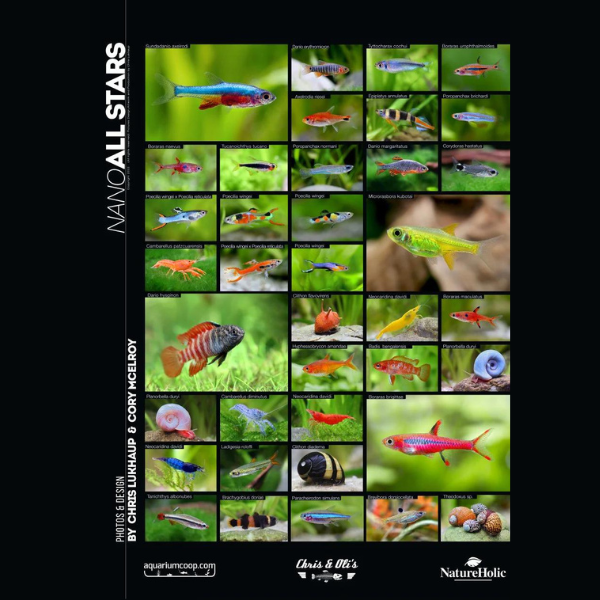
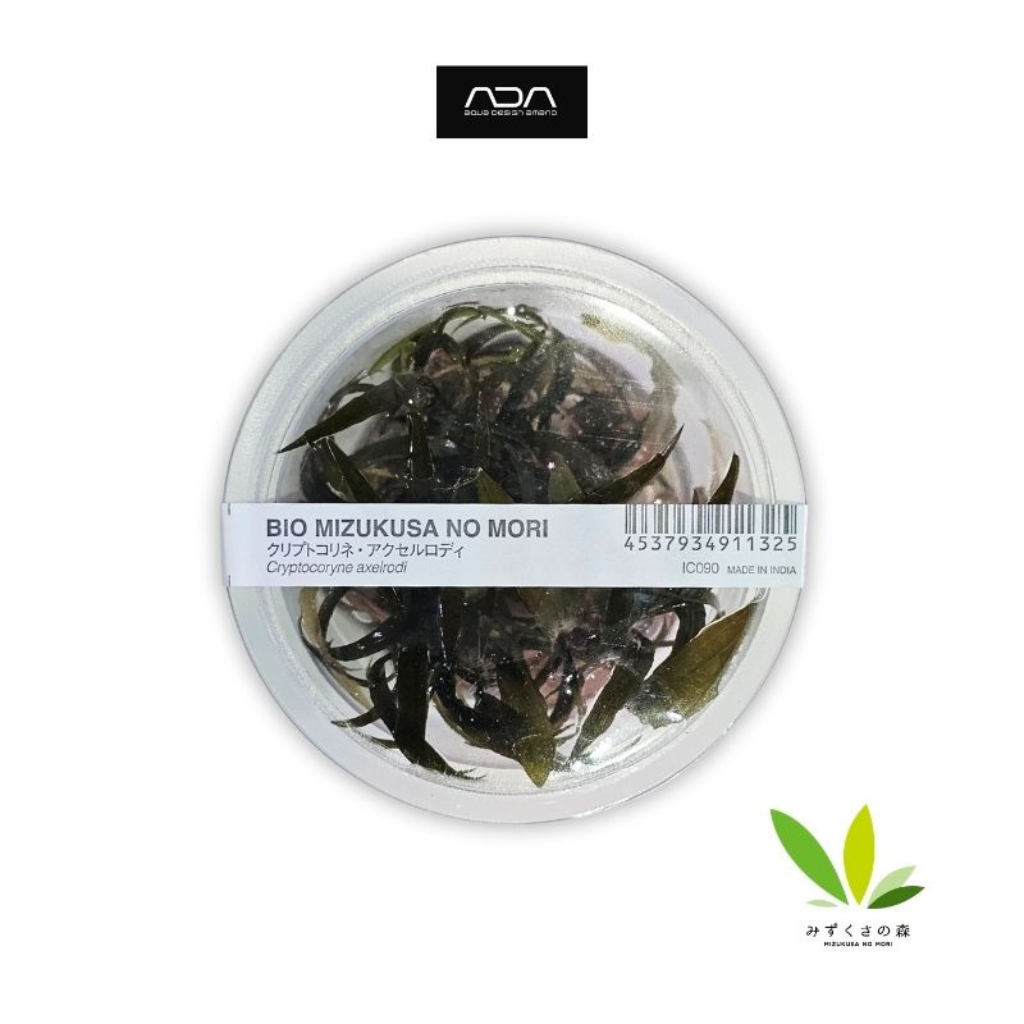
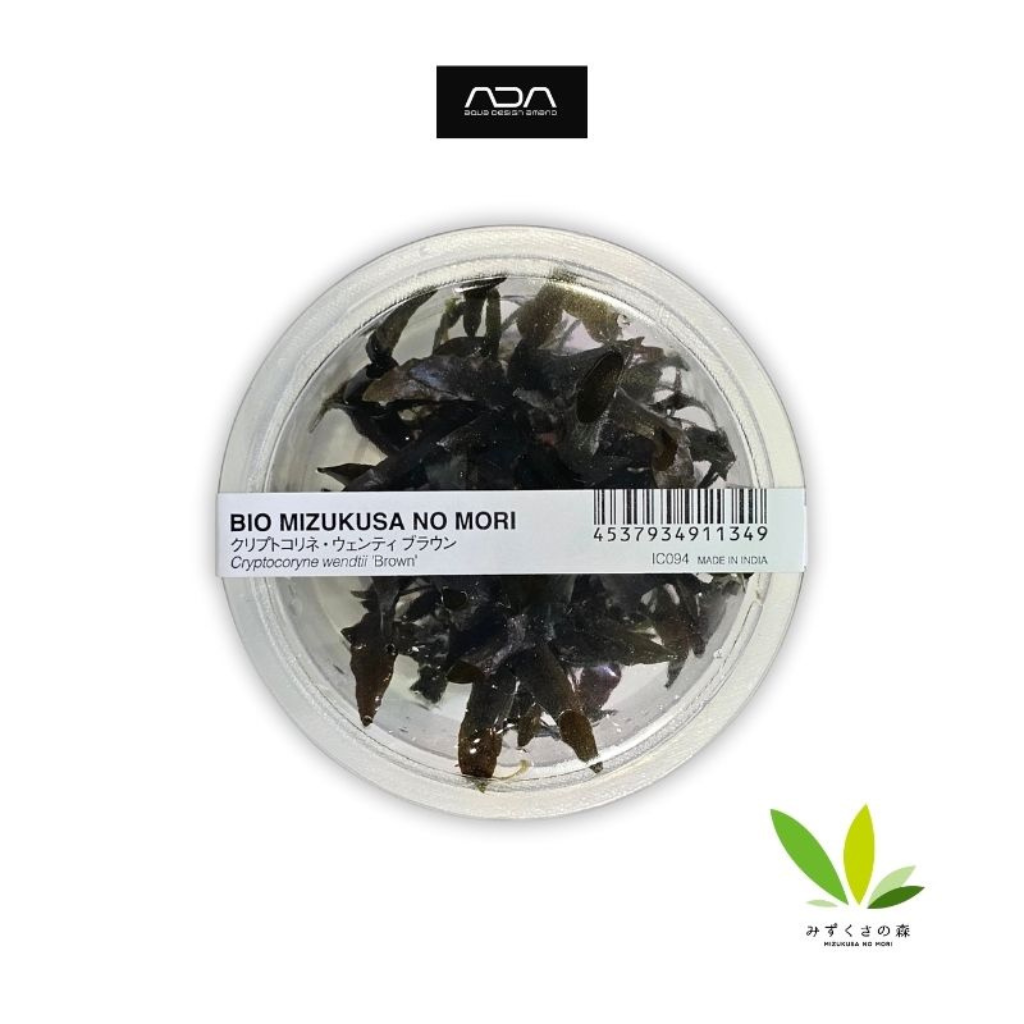
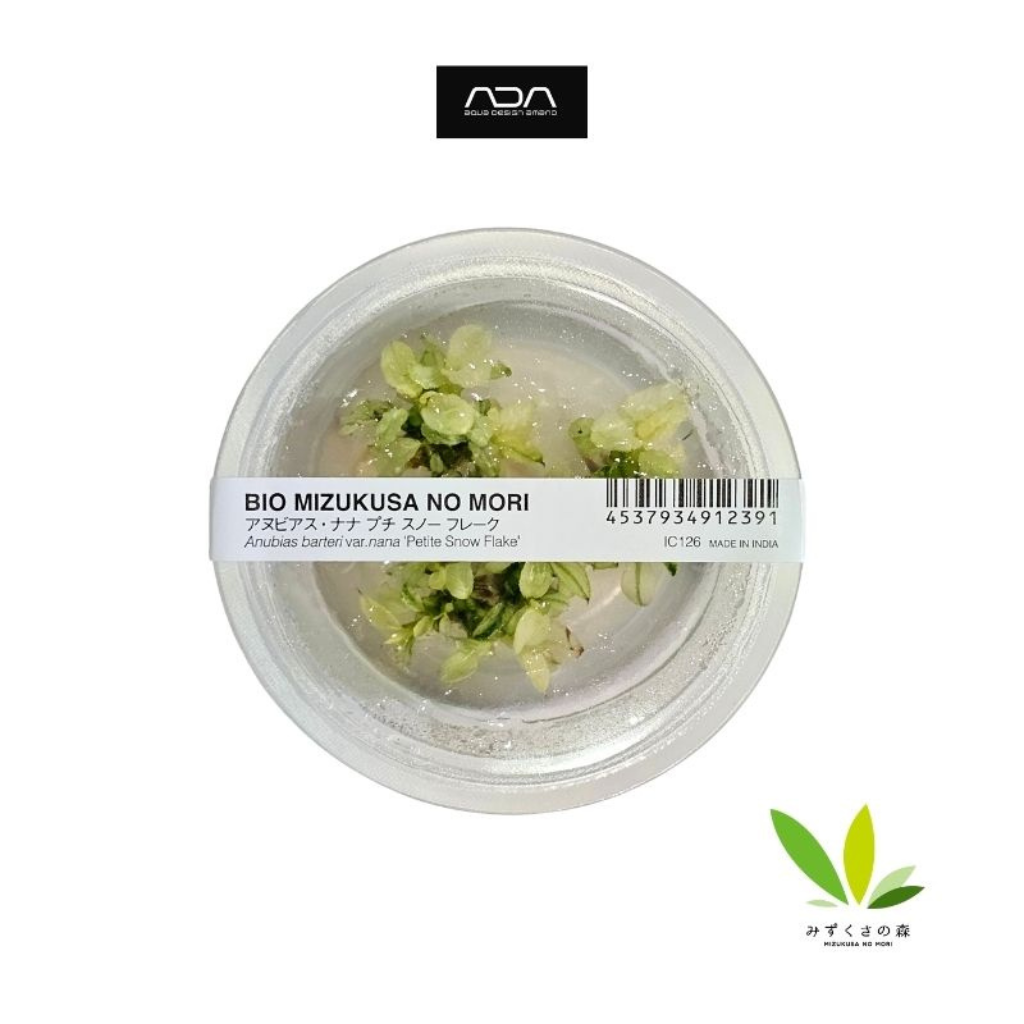

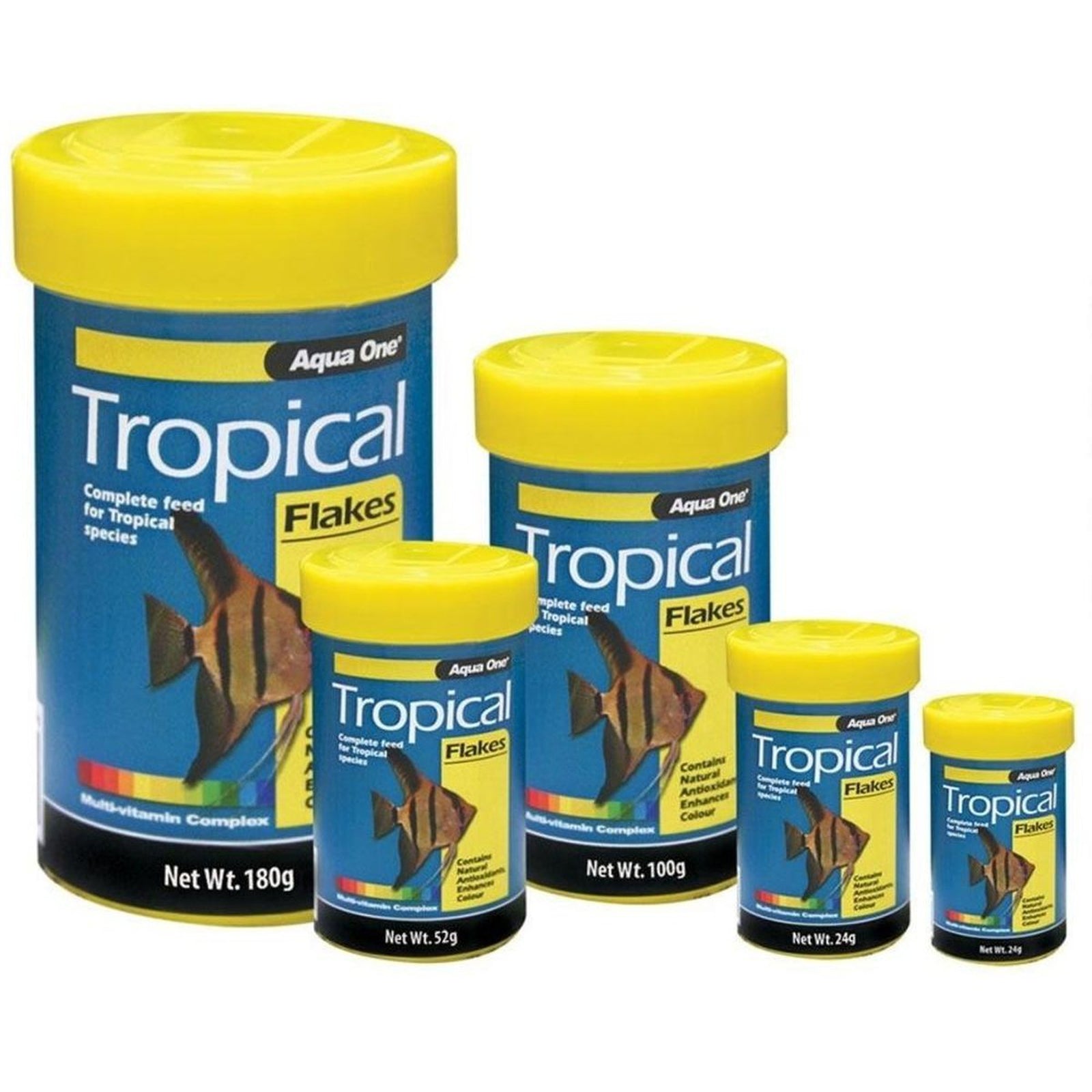







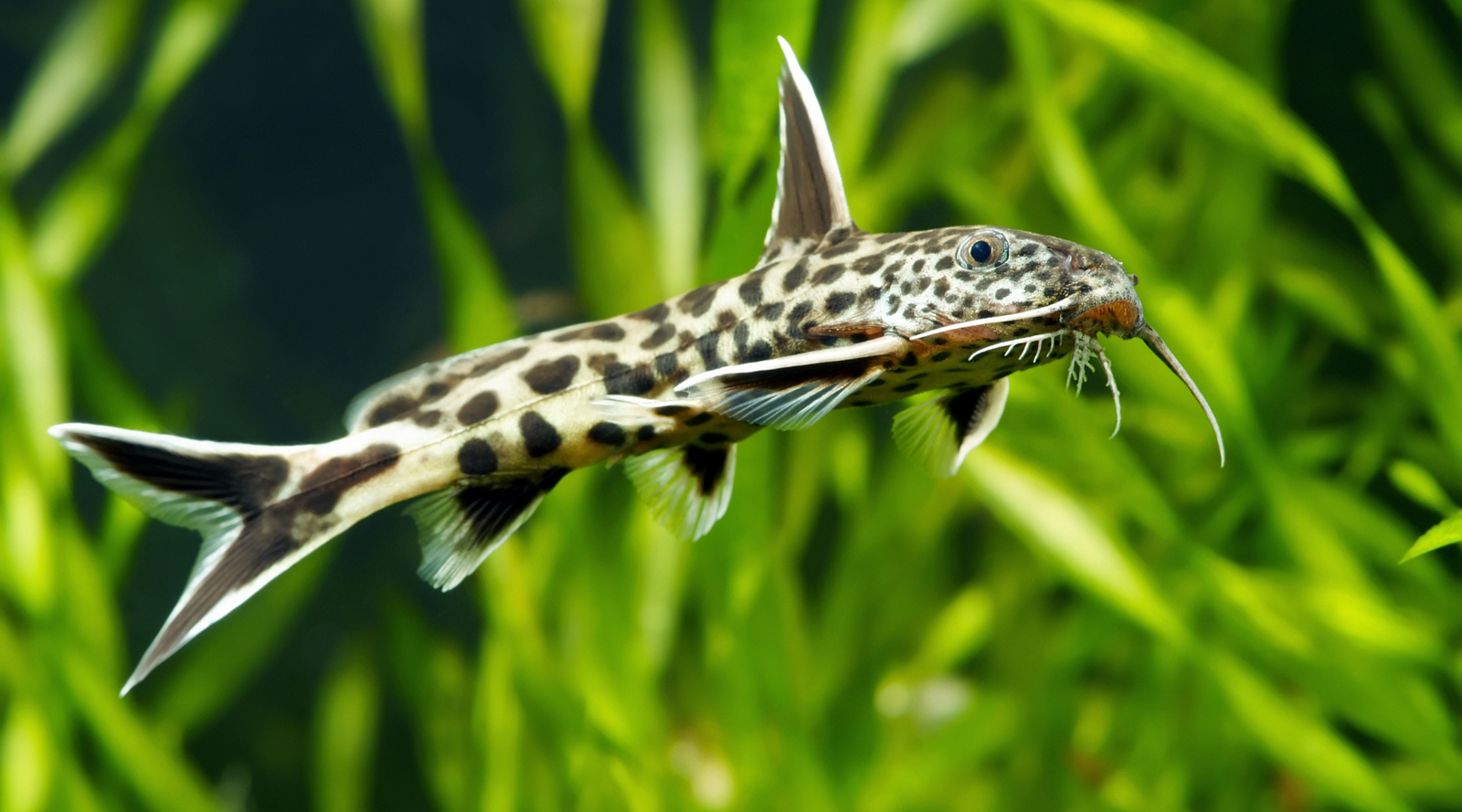
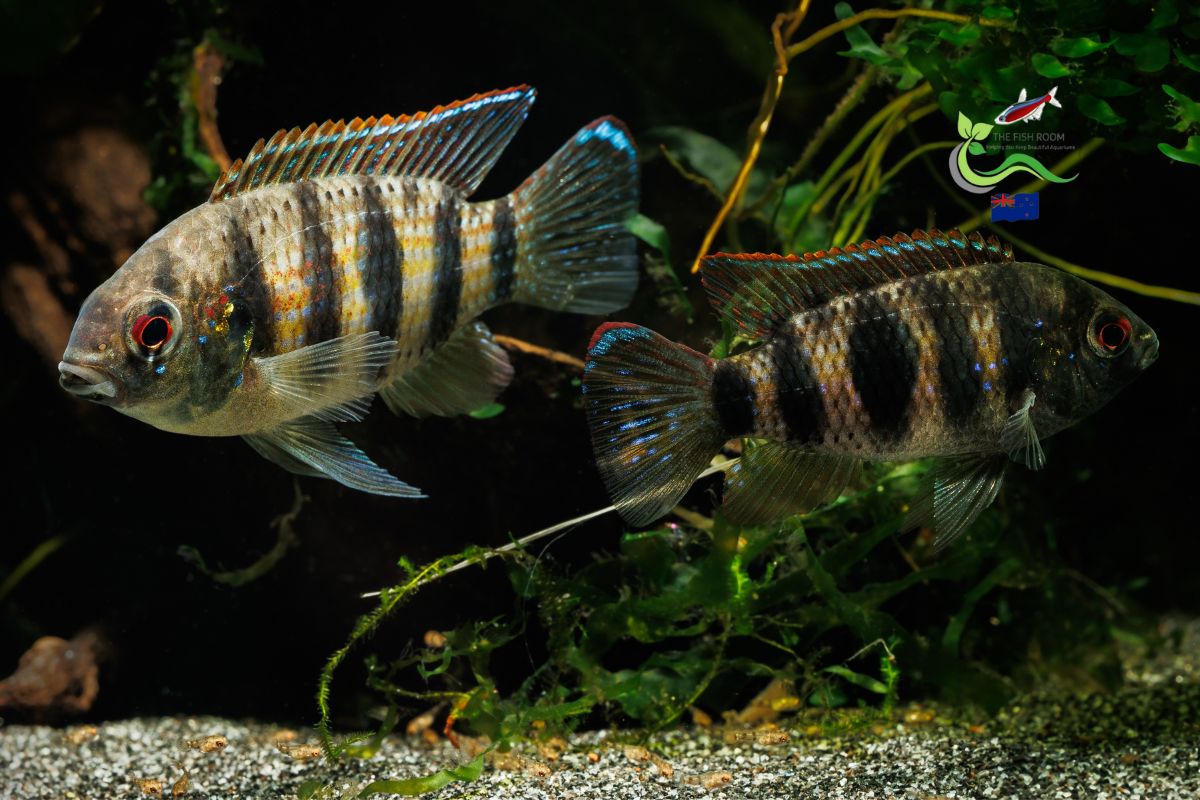
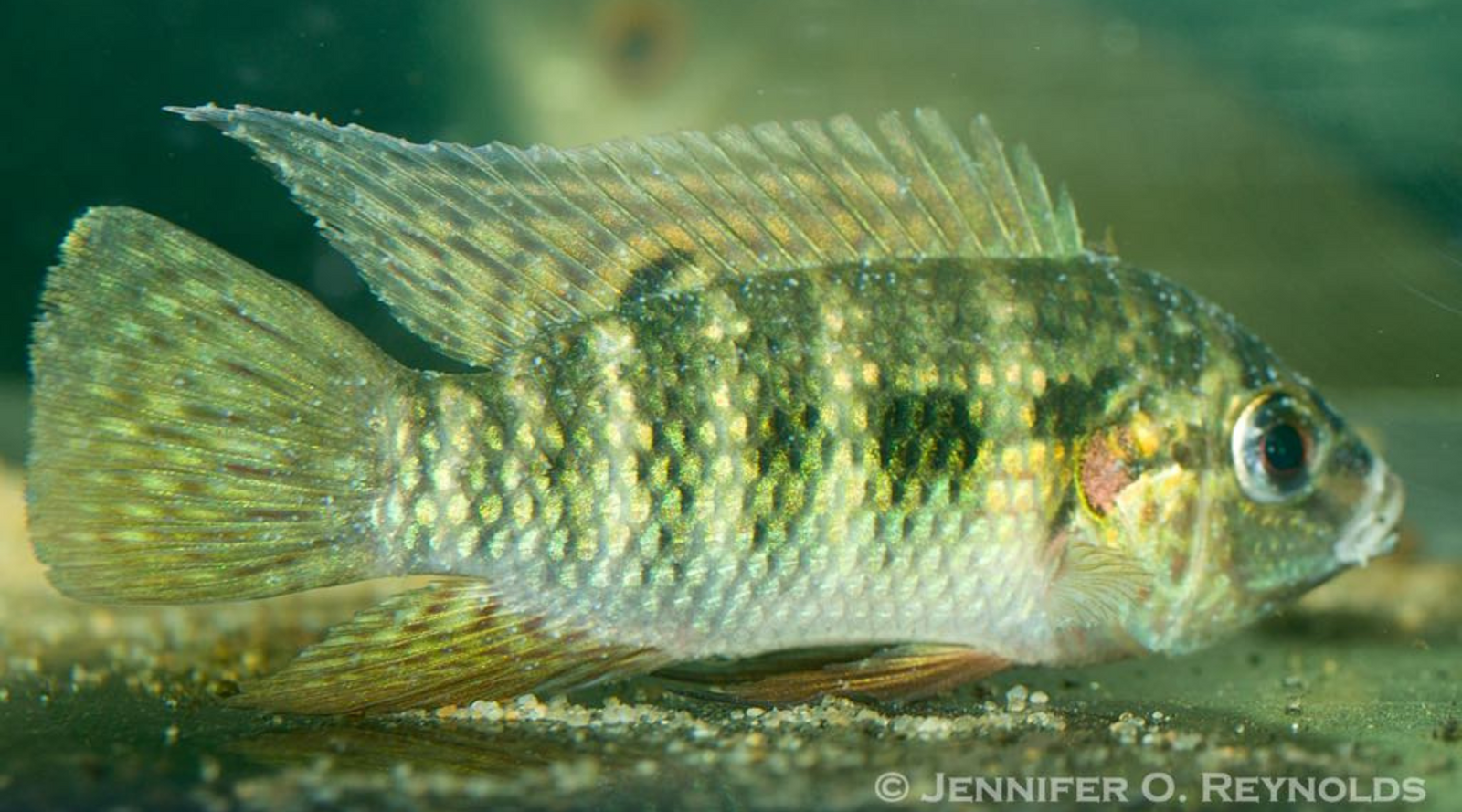
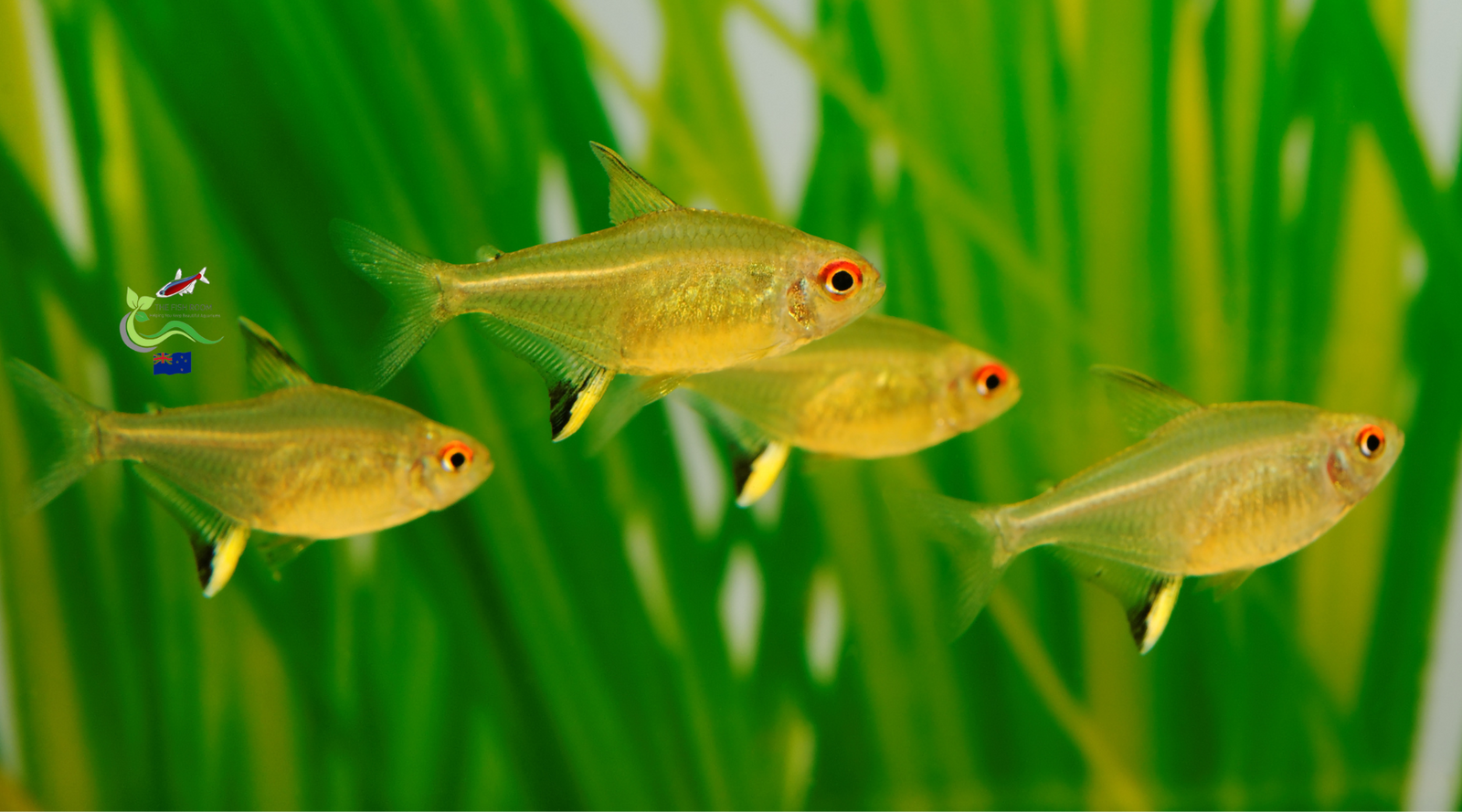
Leave a comment (all fields required)